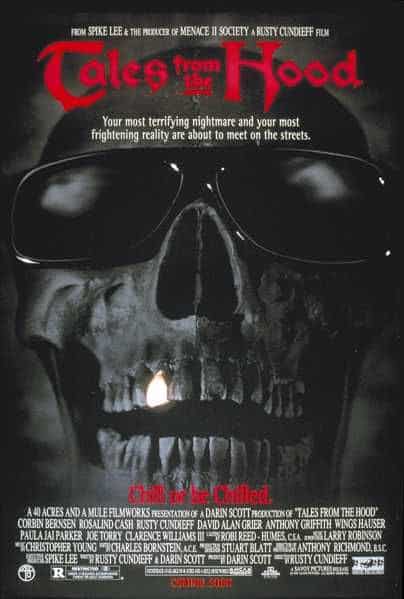Tales From the Hood

Rusty Cundieff’s unique and arguably “blah” anthology is less horror film and more of a star-studded political lecture on the issues facing the African American community. Although we are clearly not the target audience for this film, we did find some redeeming qualities in this otherwise missable flick.

